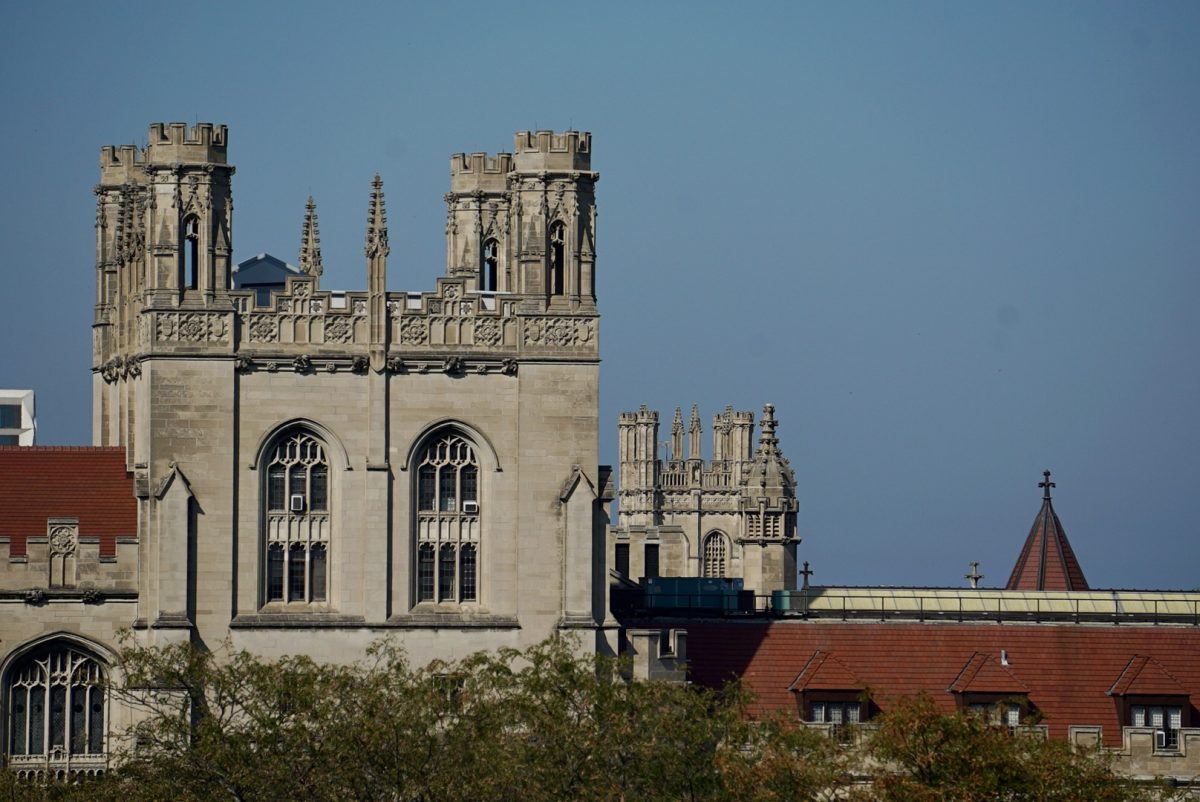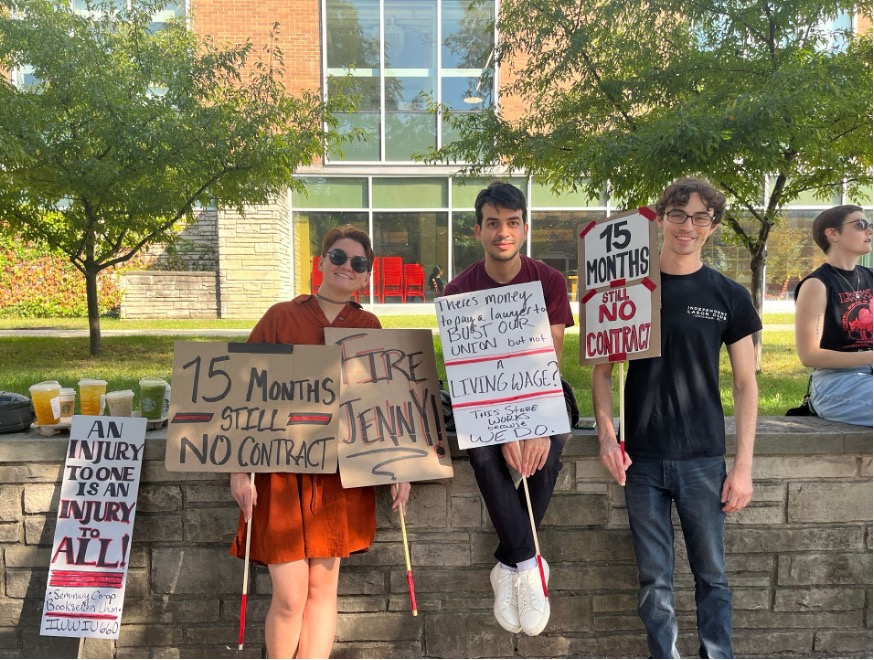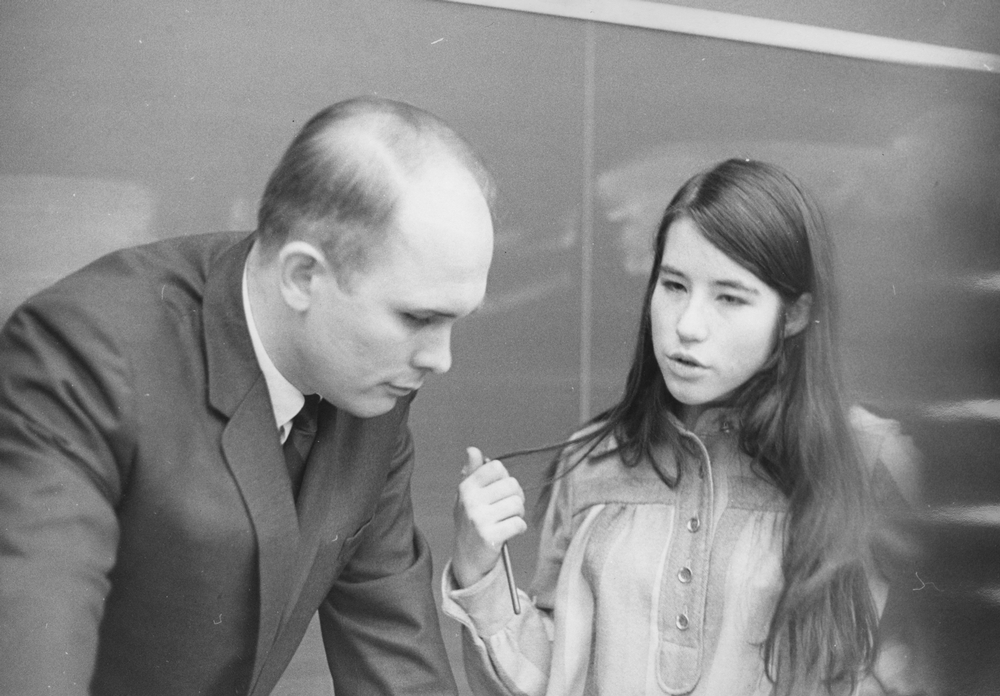The South Loop Shuttle Service made its first trip downtown Friday, the latest in a series of recent changes to the University’s UchicaGO transportation system.
The weekend shuttle runs hourly from 9 p.m. to 4 a.m. between the Reynolds Club and the El stop at Roosevelt Road and State Street in the South Loop.
The shuttle is free and takes 20 minutes one-way, making it a viable alternative to public transportation or taxis. It was announced at a student forum last month.
For the five students waiting at the Reynolds Club for the 9 p.m. shuttle Saturday evening, the new service was a convenient way to travel downtown. “I was so excited [when I heard about the shuttle],” said first-year Neha Premjee. “I plan on taking it every weekend. It’s a good service.” Premjee also said she wished the shuttle started earlier so students could take the shuttle downtown for dinner.
According to fourth-year Student Government (SG) President Jarrod Wolf, the transportation department is open to expanding hours and adjusting the frequency of the shuttle stops if there is student interest.
“I think the Transportation Department has been fantastic getting it up so soon,” Wolf said.
The shuttle was originally slated to run every half hour either from midnight to 4 a.m. or from 11:30 p.m. to 3 a.m., providing a safe way to get home after a night out on the town. But recommendations from the Transportation Student Advisory Board and the Student Advisory Board suggested more students would use the shuttle if it starter earlier and ran hourly, said Wolf.
The service was created after calls from students for a more efficient and safe way to travel to and from the downtown area. “The downtown shuttle has been a longtime request on behalf of the students,” interim Director of Transportation Rodney Morris said.
The introduction of the downtown shuttle is one of many changes made to campus bus routes since the Office of Transportation instituted its UchicaGO plan this quarter.
The changes to bus schedules and routes caused confusion among students unsure of when and where shuttles and buses ran, and have been adjusted based on student feedback as well as ridership data.
That data is collected daily, according to Morris and Associate Director of Transportation and Parking Debra Garfi. The Office of Transportation counts ridership on each shuttle and takes in information from bus-drivers on the popularity of each shuttle.
Input from housing and tracking common locations that receive calls for Safe-Ride also help determine which routes are changed.
In addition to the data procession, student feedback drives changes to the current transportation system. “We really do use the emails that are sent to us,” Garfi said. “I’ll be waiting for feedback [on the downtown shuttle].”
The Transportation Department intends to analyze the numbers from the shuttle’s first run to determine how to improve the system. Changes to other bus routes will also continue based on data and student input.
Second-year Spencer Ingle rode the shuttle Saturday evening on his way to Lincoln Park. “Without a designated driver, your next option is the Red Line or Green Line. Both get dangerous at night,” Ingle said.
Taking a cab was the safest option prior to the implementation of the shuttle service, Ingle said, who added it costs upwards of $20 for a ride from downtown to Hyde Park. He said he’ll still take a cab from the North Side to the shuttle stop, but “it’ll at least cut cab fares in half,” he said.
SG hopes this service will bolster student interest in exploring Chicago outside of Hyde Park. They plan to hold regular “downtown days” to encourage cultural experiences and to increase ridership on the shuttle, according to Wolf. This coming weekend’s “Get Out and Go Chicago” will be the first of these events.
In order to encourage student engagement, SG has been approaching restaurants downtown near the Roosevelt stop about offering a discount next weekend. So far, the sushi restaurant Oysy at Michigan Avenue and 9th Street has offered a 10 percent discount.
Wolf said he hopes many students will take advantage of the service to ensure it remains part of campus transportation. “[The continuation of the shuttle] all depends on use,” he said.








